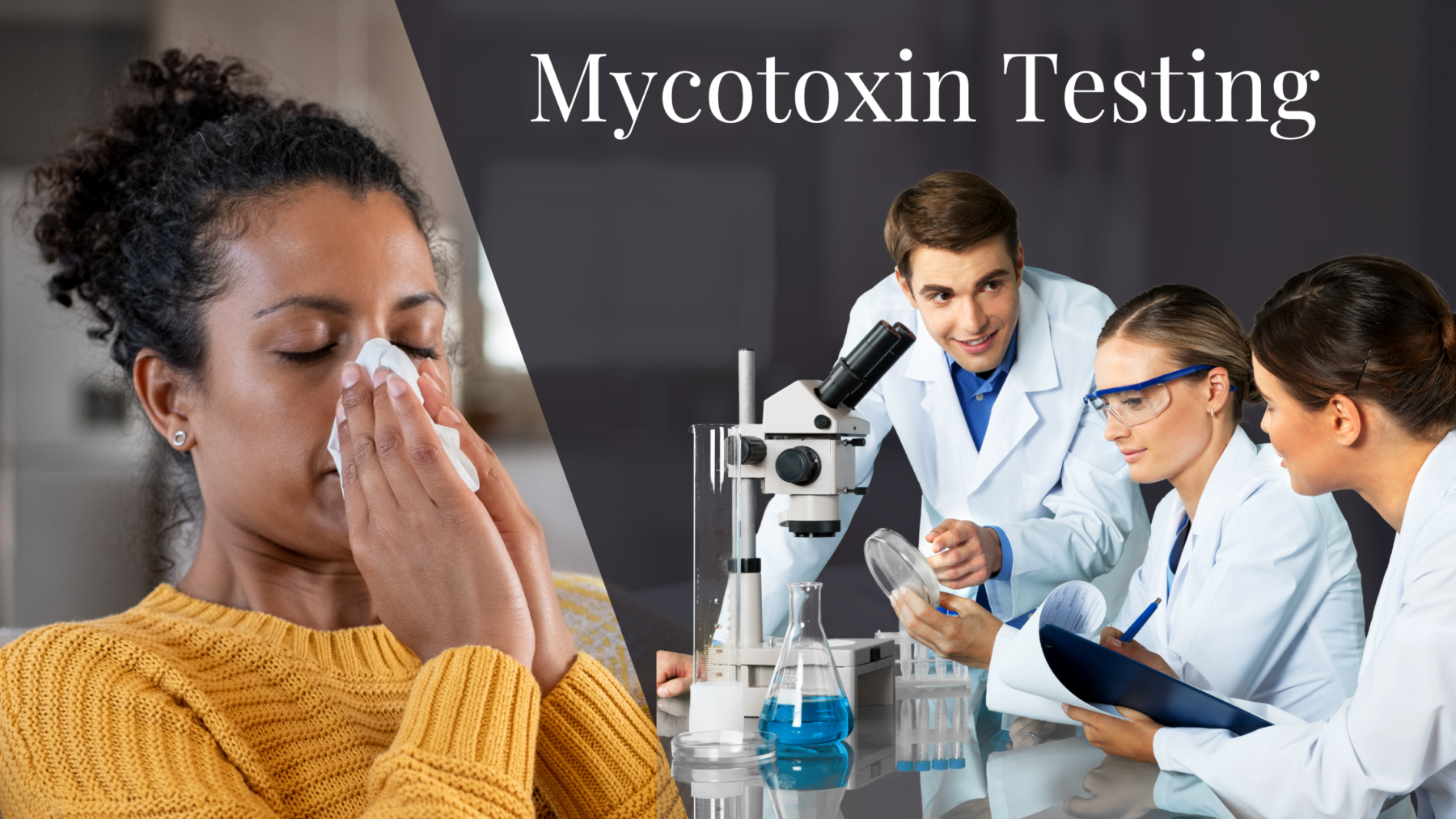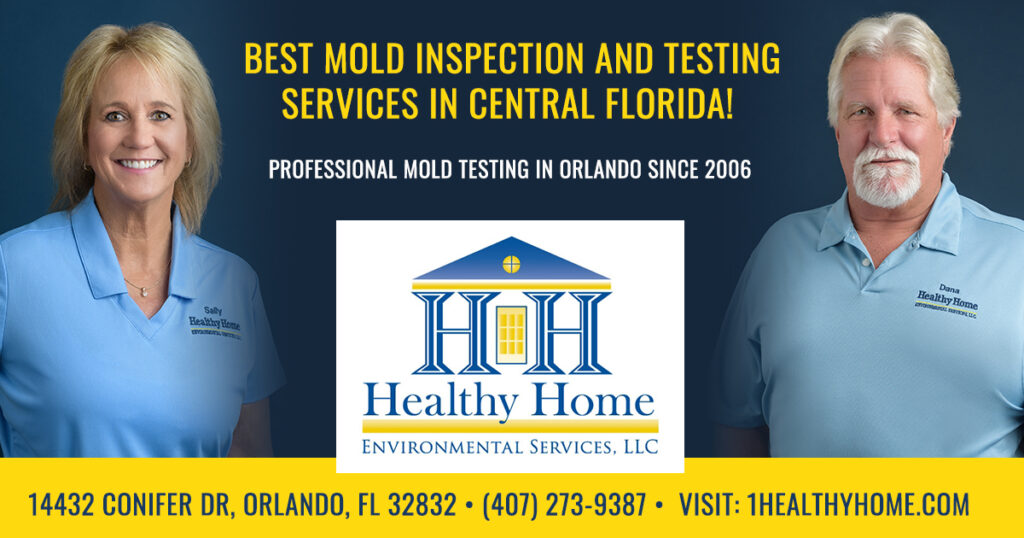Ensuring Conformity With Rules: the Duty of Mycotoxin Testing in Quality Control
Guaranteeing conformity with stringent policies is paramount for maintaining food security, and the duty of mycotoxin screening in high quality control can not be overemphasized. Mycotoxins, harmful substances generated by specific mold and mildews, present significant health and wellness risks, making their detection essential in food manufacturing.
Comprehending Mycotoxins
Comprehending mycotoxins is basic to making certain the top quality and safety and security of farming products. The most well-known mycotoxins consist of aflatoxins, fumonisins, trichothecenes, and ochratoxins, each connected with specific environmental conditions and fungal species.
The visibility of mycotoxins in food can result in persistent and intense health and wellness concerns, including liver damages, immune reductions, and carcinogenic impacts. Their detection and metrology are crucial parts of high quality control in agricultural and food markets. The complexity of mycotoxin contamination demands a complex strategy, employing sophisticated analytical methods such as liquid chromatography, mass spectrometry, and enzyme-linked immunosorbent assays (ELISA) By comprehending the resources, kinds, and impacts of mycotoxins, stakeholders in the farming sector can better apply preventative steps and minimize dangers, guaranteeing more secure consumption for end-users. This understanding forms the bedrock whereupon efficient mycotoxin management methods are developed.
Regulatory Requirements for Mycotoxins
Having actually established a fundamental understanding of mycotoxins and their impact on food security, it is important to examine the governing requirements controling their visibility in agricultural items. Governing requirements for mycotoxins are necessary because they specify permitted restrictions, making sure food safety and security and shielding public health. Different global and nationwide firms have actually established these limitations based upon detailed threat assessments.
The Codex Alimentarius Commission, a worldwide body developed by the FAO and WHO, supplies standards and optimum allowed levels for different mycotoxins in food and feed. As an example, the Codex has established restrictions for aflatoxins in peanuts, maize, and dried out figs, among various other commodities. These requirements are typically taken on or adapted by individual countries to fit their specific requirements.
In the European Union, Policy (EC) No 1881/2006 specifies maximum levels for numerous mycotoxins, such as aflatoxins, ochratoxin A, and deoxynivalenol, in various food. In a similar way, the U.S. Food and Medication Administration (FDA) has actually developed activity levels for mycotoxins like aflatoxins in commodities such as nuts and grains.
Adherence to these governing criteria is vital for preserving market gain access to, consumer trust fund, and public wellness. Non-compliance can result in significant economic losses and health threats, underscoring the value of stringent mycotoxin screening methods.
Testing Techniques and Technologies

ELISA article is commonly valued for its cost-effective and rapid testing capacities, making it ideal for high-throughput environments. It relies upon antibodies to identify particular mycotoxins, supplying outcomes in a fairly brief time frame. However, its level of sensitivity might be restricted compared to more sophisticated methods.
HPLC, on the other hand, masters giving measurable evaluation with high accuracy and accuracy. It separates complicated mixtures into specific elements, making it very effective for identifying and evaluating multiple mycotoxins concurrently - Mycotoxin testing Services. This strategy, while a lot more resource-intensive and lengthy than ELISA, offers a higher level of dependability

LC-MS represents the pinnacle of logical specificity and level of sensitivity. Incorporating the separation power of fluid chromatography with the detection capacities of mass spectrometry, LC-MS can detect even trace levels of mycotoxins. This method is indispensable for confirming the presence of mycotoxins in regulative and forensic contexts, guaranteeing conformity with rigid safety criteria.
Carrying Out Testing Methods

Incorporating these advanced testing techniques into an extensive site web high quality control framework requires a well-structured method to implementing screening procedures. To accomplish this, organizations must first perform an extensive danger analysis to determine potential mycotoxin contamination points within the supply chain. This assessment educates the advancement of a customized testing approach that attends to details vulnerabilities.
Following, establishing standard tasting procedures is important. Constant tasting guarantees that examination results are dependable and rep of the whole set (Mycotoxin testing Services). Sticking to standards from regulative bodies, such as the FDA or EFSA, helps keep conformity and improves the reputation of the testing process
Training workers is one more essential element. Team needs to excel in both sample collection and the operation of screening devices. Regular training sessions and certification programs can make sure that staff member stay updated with the current methods and regulative changes.
Benefits of Mycotoxin Evaluating
Mycotoxin screening supplies numerous advantages that dramatically enhance the security and top quality of food and feed items. Primarily, it serves as an essential control step to avoid polluted products from getting wikipedia reference to the consumer market, consequently securing public health and wellness. By recognizing and quantifying mycotoxins such as aflatoxins, ochratoxins, and fumonisins, manufacturers can make certain that their products fulfill rigorous regulative standards, therefore staying clear of potential legal repercussions and connected costs.
In addition, mycotoxin screening contributes to the financial viability of food and feed industries by minimizing the threat of massive product recalls. The capability to spot and separate contaminated sets early in the production process reduces waste and stops the financial losses linked with damaged brand name credibility. Furthermore, it cultivates consumer trust fund and commitment, as clients are progressively familiar with food safety and security problems and need greater high quality criteria.
The application of regular mycotoxin testing also advertises ideal practices within agricultural and manufacturing industries. By adhering to extensive testing protocols, business can enhance their top quality control processes, improve functional efficiency, and make certain the regular production of secure, top quality products. In final thought, the benefits of mycotoxin screening are complex, adding to public health, economic security, and industry stability.
Final Thought
Mycotoxin screening is crucial in making sure conformity with regulatory requirements, therefore maintaining food security and top quality control. Hence, mycotoxin testing stays a crucial component of contemporary food safety and security monitoring systems.
Guaranteeing conformity with rigid laws is paramount for maintaining food security, and the function of mycotoxin screening in top quality control can not be overemphasized.In the realm of mycotoxin testing, advanced technologies and methods are essential in making certain food safety and security and governing conformity.Mycotoxin screening uses numerous benefits that substantially improve the safety and security and top quality of food and feed items.Mycotoxin screening is crucial in ensuring compliance with regulative requirements, therefore maintaining food safety and top quality control. Hence, mycotoxin screening continues to be a vital element of modern food safety administration systems.